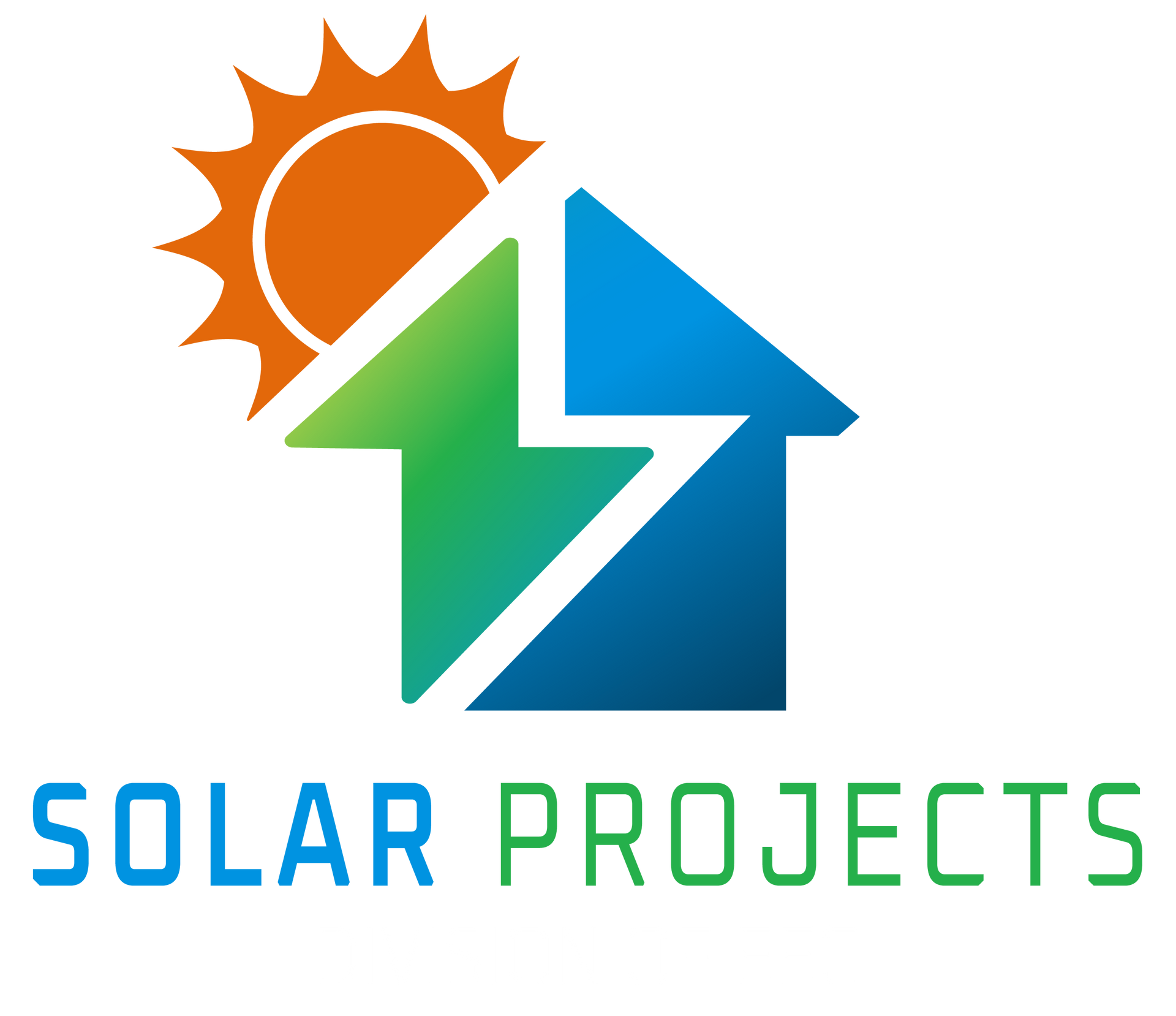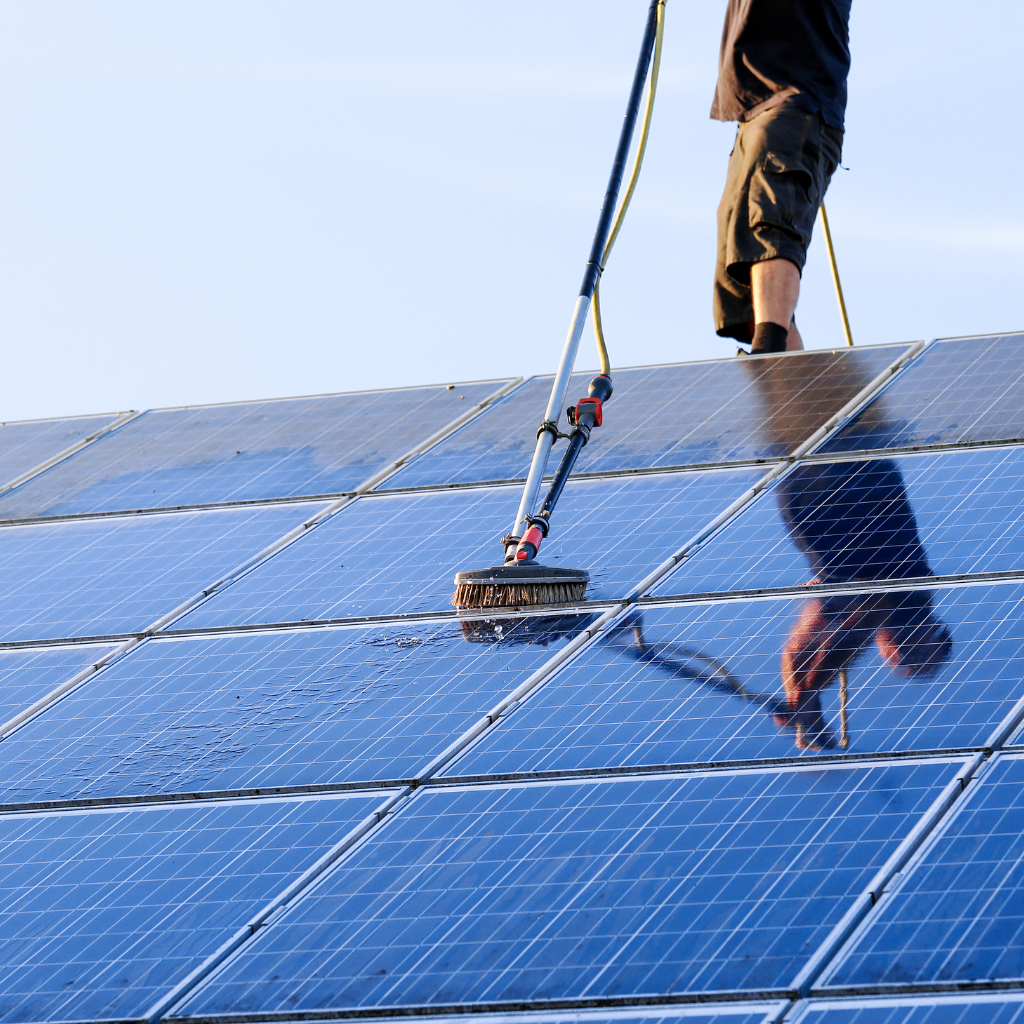Peak Energy Output:
The sunny climate ensures optimal solar generation, especially in regions like the Northern Cape and Limpopo and Gauteng.
Minimal Maintenance Needs:
Regular cleaning to remove dust, dirt, and pollen is sufficient in most areas, although drier regions like the Karoo may require more frequent cleaning due to windblown sand and dust.
Warranty Coverage:
Most panels come with a 10-12 year product warranty and a 25-year performance warranty guaranteeing at least 95% efficiency for the first decade.





